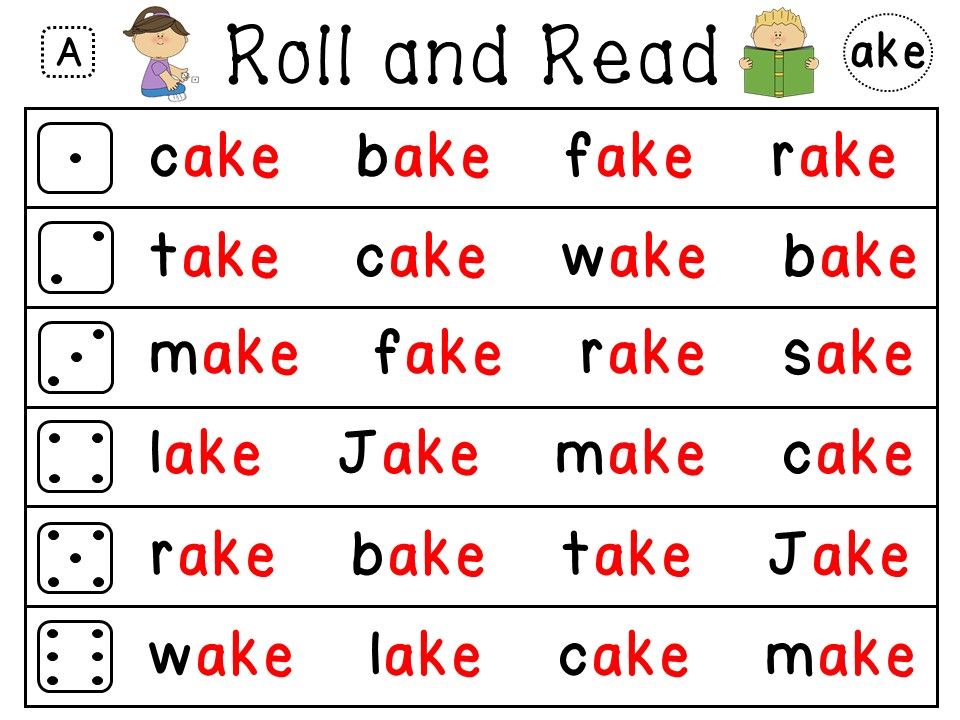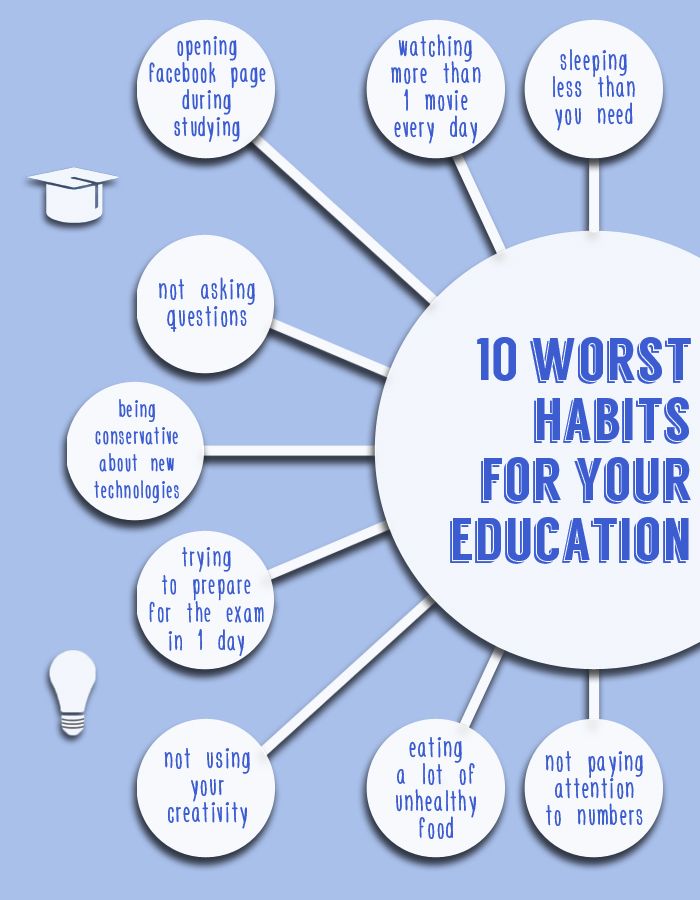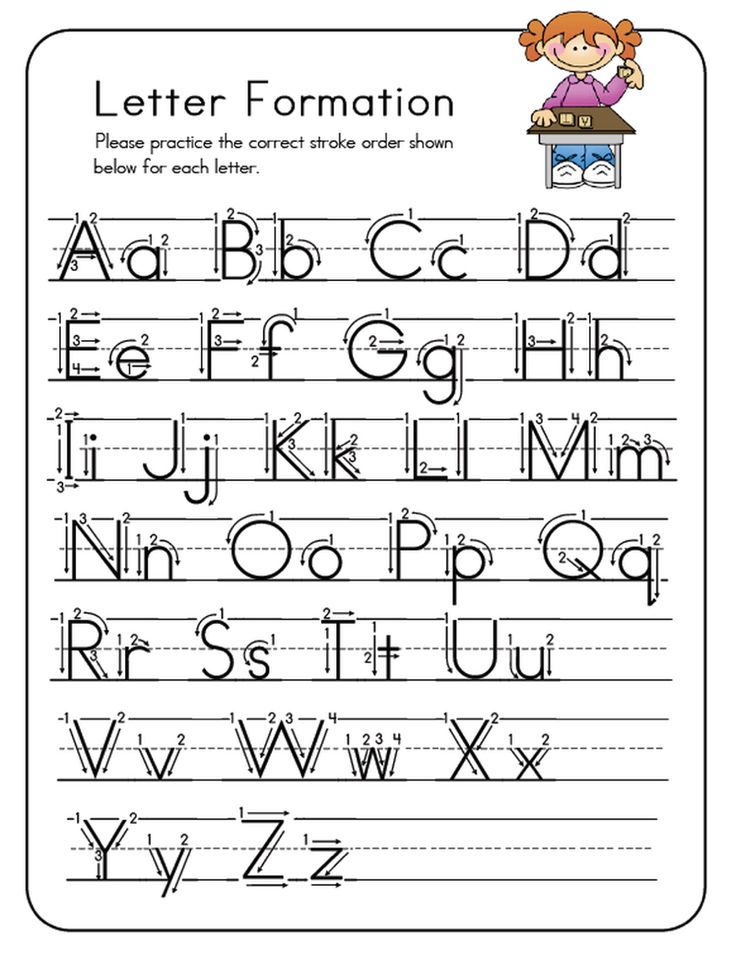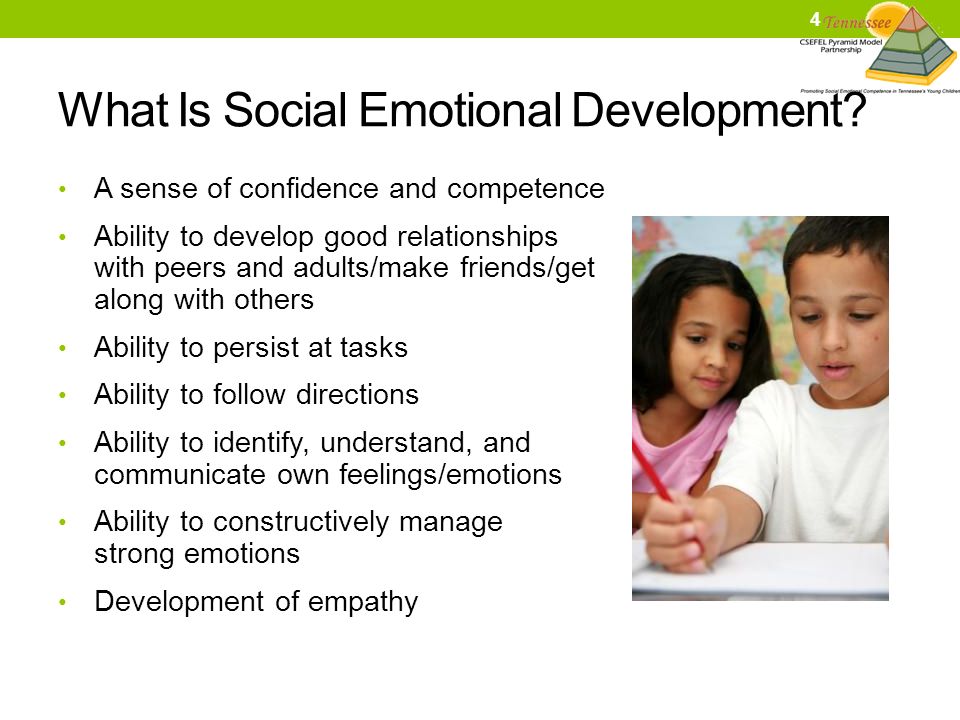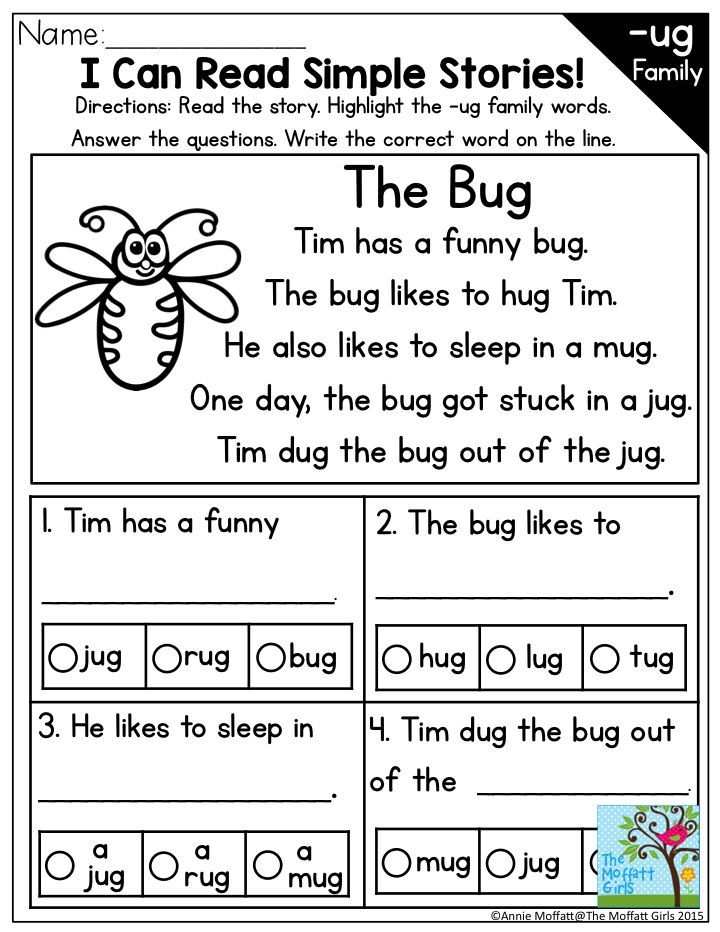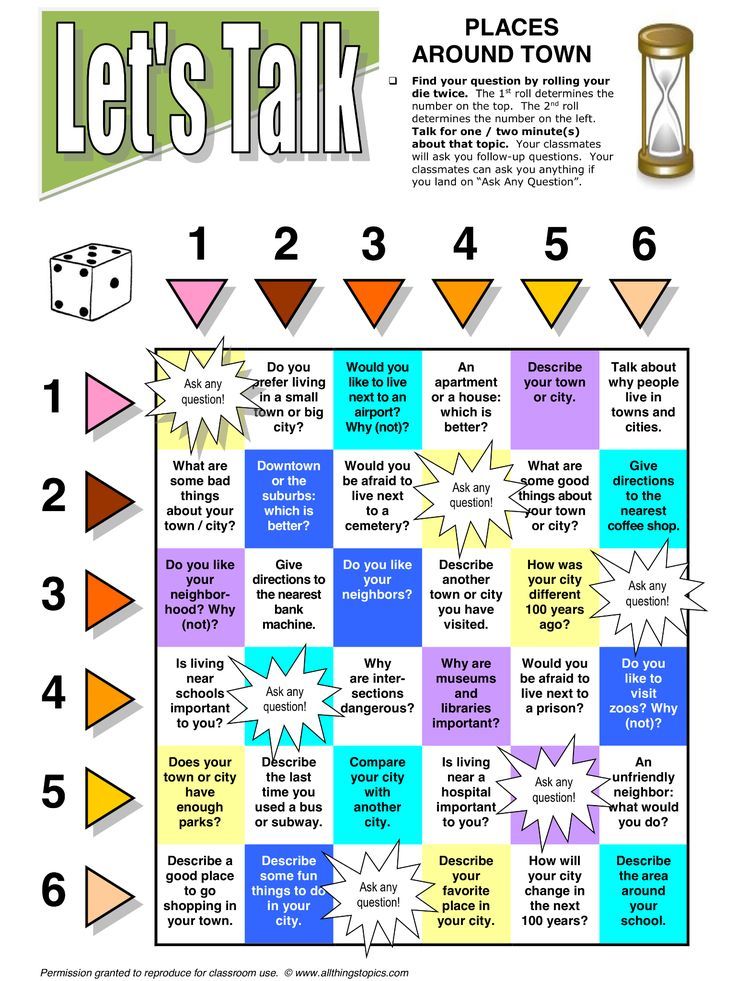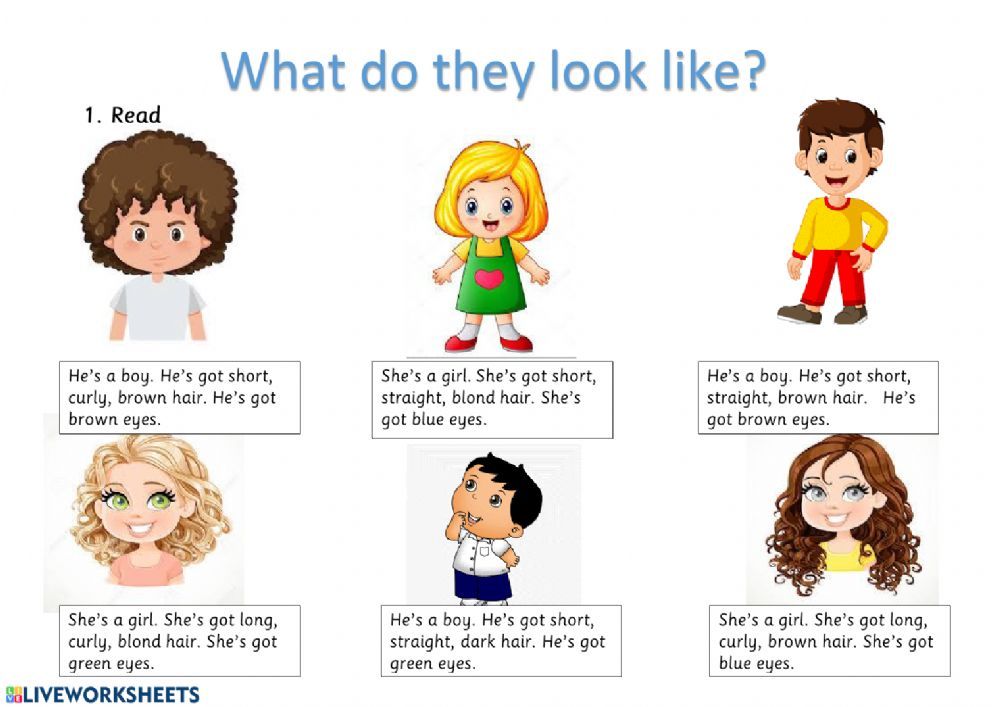How to teach long vowels
Teaching Long Vowel Sounds - Within Word Pattern Spellers — Tarheelstate Teacher
Preparing to teach students about long vowels? In this post you will find information about common and less common long vowel patterns including when students are developmentally ready to learn about them, examples of each long vowel spelling pattern, what common spelling mistakes to expect from students, and ideas for how to make learning about long vowels fun.
What is a Long Vowel Sound?First, let’s cover the basics. A long vowel is a vowel that “says its name” or is pronounced the same as the way the letter name is said.
What Long Vowel Patterns are Common?Long A - CVCe and CVVC - blame, space, train, chain
Long O - CVCe and CVVC - stone, robe, goal, float
Long U - CVCe and CVVC - cube, broom, juice
Long E – CVVC - feet, sleep, team, teach
Long I - CVCe - bite, kite, cite
Review CVVC Pattern (AI, OO, EE, EA, OA) - wait, booth, wheel, beast, throat
* Note: I've linked each of these long vowel patterns to resources that can be used to teach these skills.You can find the bundle for teaching Common Long Vowel Patterns here.
The most common long vowel pattern, and usually the first one students learn when introduced to long vowel sounds is the CVCe pattern. Students tend to be introduced to long vowel sounds by comparing them to CVC words that all make short vowel sounds, like cap, kit, not, and tub. Students are taught that when a CVC word is followed by an e, the e is not sounded (silent) and it changes the original short vowel sound to a long vowel sound. So a silent-e changes cap, kit, not, and tub changes to cape, kite, note, and tube.
The CVVC pattern is another very common long vowel pattern. Students learn that when two vowels are paired together between two consonants, the first vowel makes a long vowel sound. For example, when an
o is paired with a, the o will make a long vowel sound like "goat" vs "got".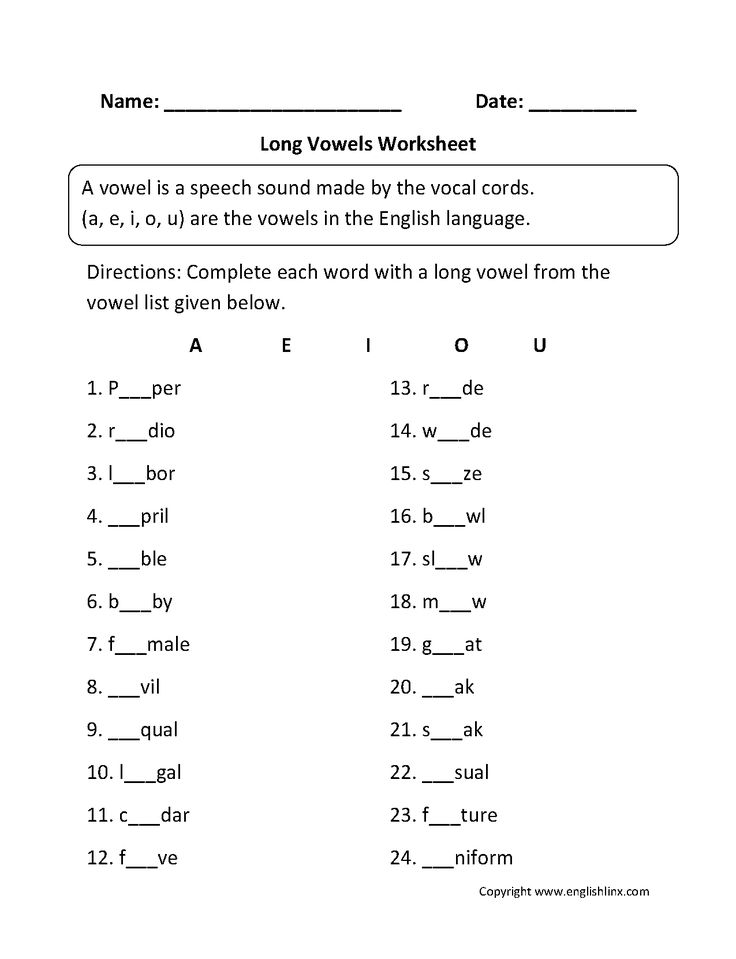
Once students in the Within Word Pattern stage become comfortable with common long vowel patterns, CVCe and CVVC, they begin to delve into less common long vowel patterns. These include:
Long A - CVV Open Syllable AY - clay, play, say
Long O - CVV Open Syllables OW and OE - toe, foe, tow, grow
Long O - CVCC and VCC ST, LD, TH, LL - most, told, cold
Long U - CVV Open Syllable EW and UE - stew, brew, clue, fuel
Long E – CVVC EA - each, reach, dream
Short E - CVVC EA - head, bread, lead
Long I - CVCC IGH - might, night, high
Long I - Y = I CV Open Syllable - dry, fly, try
Long I - CVCC and VCC ND, LD - kind, wild, mind
IE and EI Words - brief, chief, piece, and weight, sleigh, vein
* Note: I've linked each of these long vowel patterns to resources that can be used to teach these skills.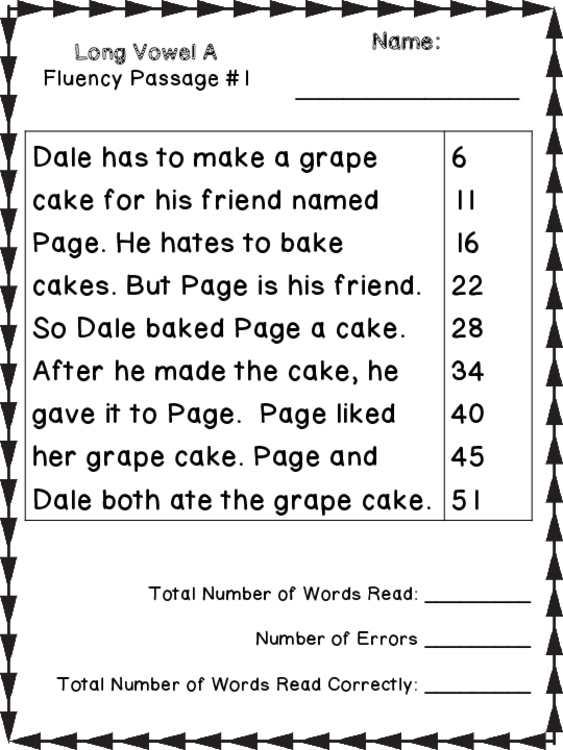 You can find the bundle for teaching Less Common Long Vowel Patterns here.
You can find the bundle for teaching Less Common Long Vowel Patterns here.
While these long vowel patterns are less common, it doesn’t mean that they are not useful for students to learn. On the contrary, because students see these less common patterns less often, they benefit from more encounters with these vowel patterns so that they learn the various ways that long vowels are spelled. This also benefits their reading fluency and accuracy.
In what grade-level are Long Vowel Sounds taught?If you made it to this post, you must be teaching a grade (or have a child in a grade) where Long Vowel Sounds are taught (haha!). While I don't think of spellers based on grade-level because I use the Words Their Way continuum of spellers to assess my students, it's helpful to know what is typical for teaching Long Vowel Sounds.
Students working on Long Vowel Patterns in the Early Within Word Pattern Stage are typically in 2nd-3rd grade, but you may find that some 1st grade students fall into this stage and that some 4th-5th graders are still developing these skills.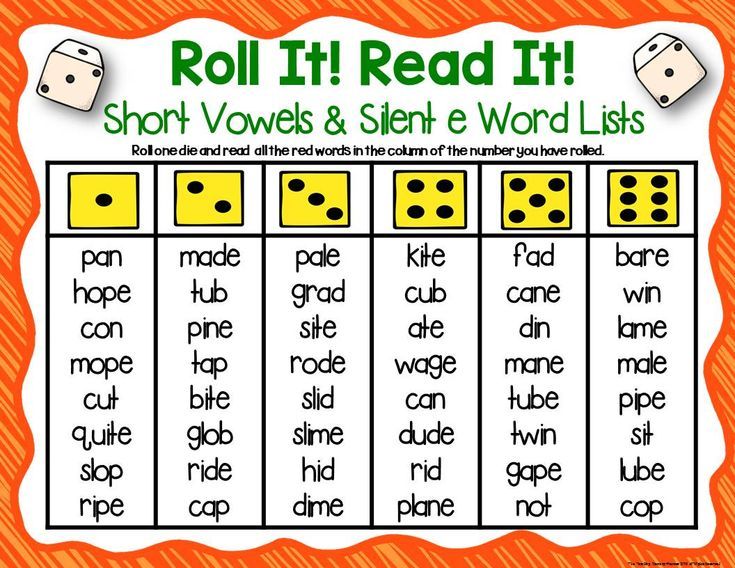 As a 5th grade teacher, I always had one or two small groups that were in the Within Word Pattern stage.
As a 5th grade teacher, I always had one or two small groups that were in the Within Word Pattern stage.
#1: Arguably the most common mistake students make when spelling words with long vowel sounds is representing the vowel that is heard and omitting the vowel that is silent, short, or unaccented.
Example → When students are trying to write bake, fume, or pole, they may forget to represent the silent e and write bak, fum, or pol because they don’t hear the e when sounding out the word.
#2: Until they have had enough repeated practice and encounters with CVVC words, students also commonly make mistakes when trying to represent the second vowel in a CVVC word, sometimes omitting it all together or struggling with which vowel to choose and even where to put it when spelling the word.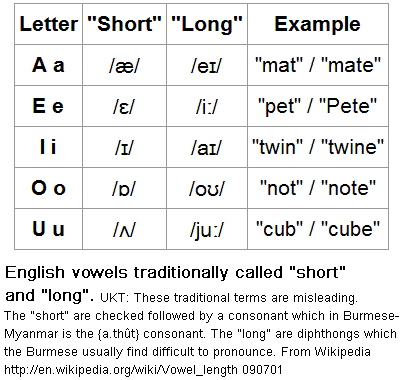
Example → When trying to spell the word coat, students may write cot, cote, or coot.
#3: Finally, words ending in open syllables typically cause a lot of confusion for early Within Word Pattern Spellers. An open syllable is simply a syllable that has a vowel at the end of it; the syllable is “open” because nothing comes after it. Students in this stage quickly learn that open syllables make long vowel sounds, however, they often initially struggle with spelling accuracy because the CV and CVV spelling patterns are new to them.
Example → When trying to spell lay, chew, or cry, students may represent them as la, chu, or cri.
Why Picture Sorts and Picture-Based Activities for Early Within Word Pattern Spellers?Initially you may have students in the early stages of Within Word Patterns who struggle to accurately read the words they are studying.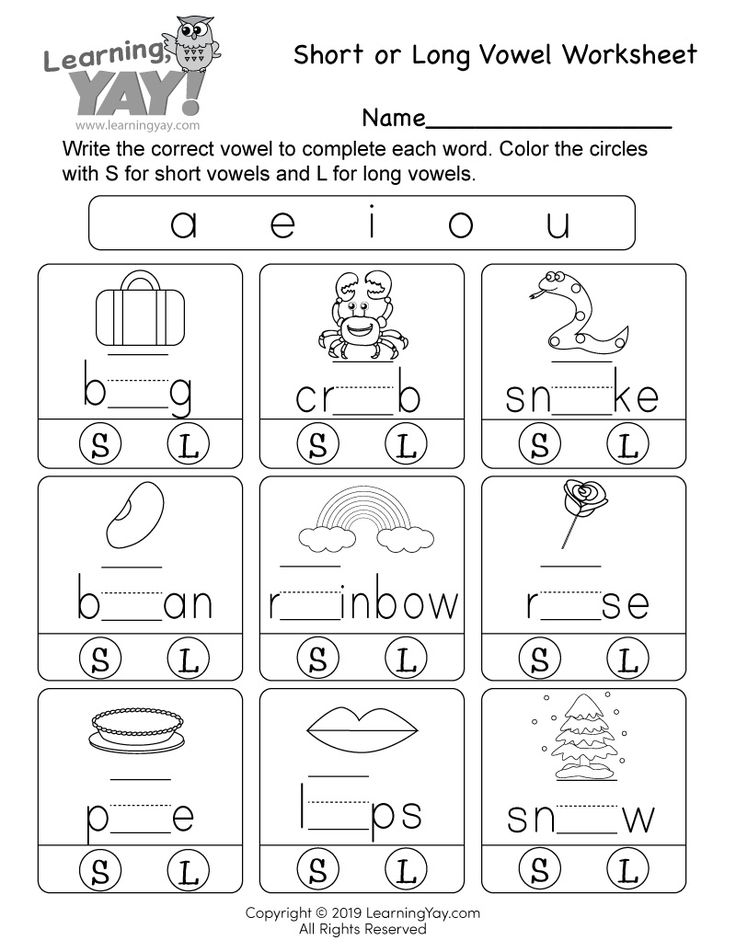 Picture sorts provide a bridge to support these students. However, incorporating picture-based activities can benefit students in all stages of Within Word Pattern! When students are challenged to build or write words being depicted by an image, they are forced to practice their phoneme segmentation skills, or what they hear in a word rather than what they see, in conjunction with the vowel patterns they are studying in order to accurately spell a word.
Picture sorts provide a bridge to support these students. However, incorporating picture-based activities can benefit students in all stages of Within Word Pattern! When students are challenged to build or write words being depicted by an image, they are forced to practice their phoneme segmentation skills, or what they hear in a word rather than what they see, in conjunction with the vowel patterns they are studying in order to accurately spell a word.
What makes everything fun for students? Games of course! In the partner game Jump to June, players take turns drawing vowel pattern cards and moving their game pieces to the next word on the path that corresponds with the vowel pattern drawn. After each move, players record the word they landed on to their recording sheet, sorting it under the appropriate vowel pattern. When both players reach the end of the path, they compare the number of long u words collected on their recording sheet to determine who wins the game.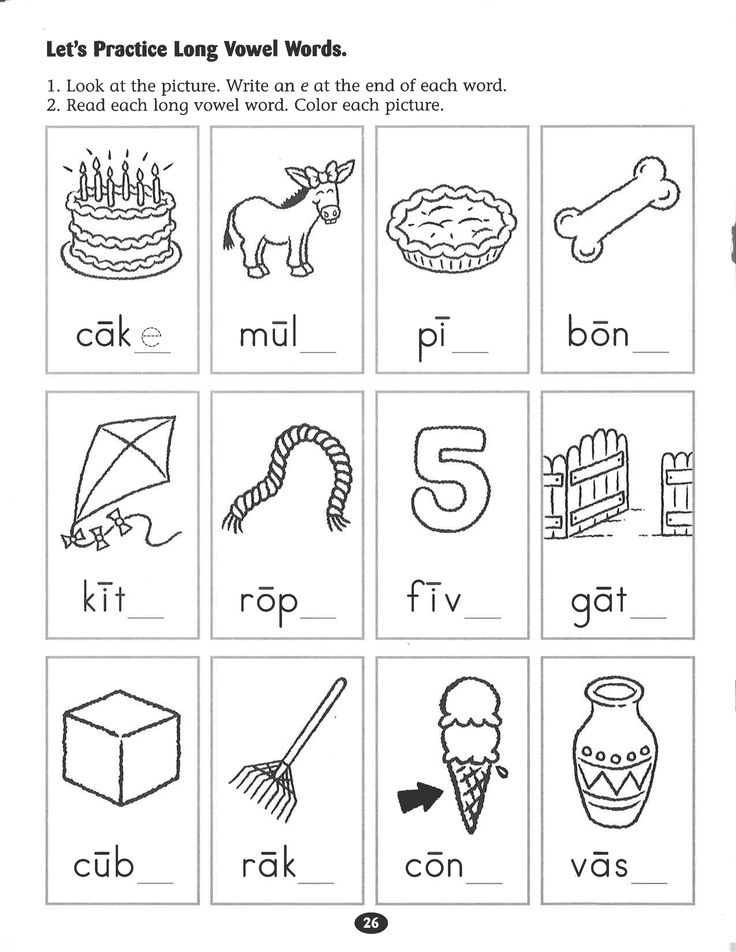
This game requires students to focus in on short u vs. long u vowel patterns and use their knowledge of the sounds created by the patterns to decide where to move on the board.
Spin, Cover, Build, Write is also one of my favorite activities to use for students in the Early Within Word Pattern stage.
Students spin to cover an image that has the long vowel sound or pattern that was spun. Then, students write the word they covered on their recording sheet under the correct column, attempting to spell the word correctly. I often also require my students to build the words with letter tiles before writing them.
Some other games and activities that students typically play during our long-vowels unit include:
Board Games
Say, Listen, Match matching card game
Spin, Cover and Spin, Cover, Build, Write
Match it Up!
Guess My Word (similar to Guess Who?)
4 in a Row (similar to Connect Four)
You can find all these games and activities in the Common Long Vowels CVCe and CVVC Bundle and the Less Common Long Vowel Patterns Bundle.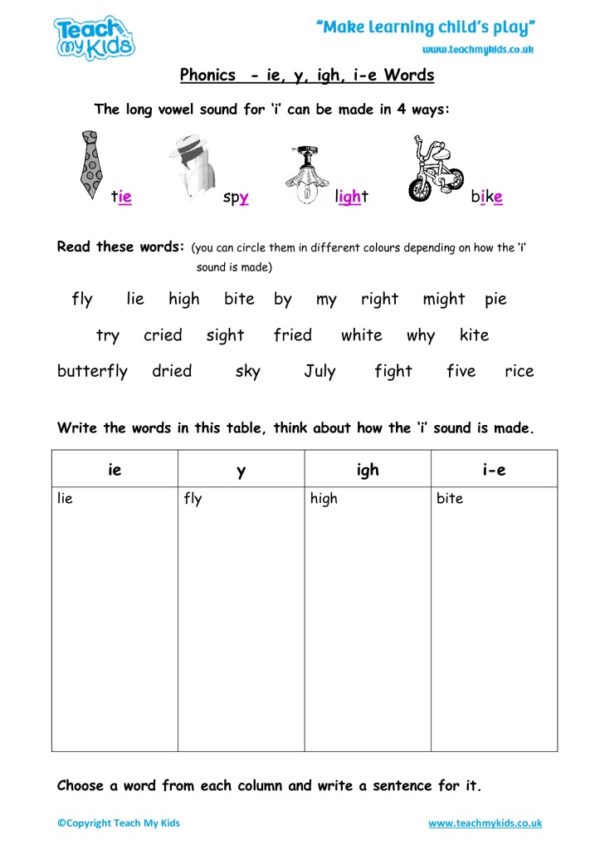
When it comes to teaching long vowel sounds, I believe that the more exposure and practice students get, the stronger readers and spellers they become! Not only does incorporating game play into our word study routine provide an additional opportunity for students to practice and apply what is being taught, but adding games and play-based activities adds some much needed variety and engagement to our word study block.
Looking for more Within Word Pattern Resources?
You can get all of the Within Word Pattern Stage games and activities in a time-saving , money saving bundle!
Within Word Pattern games and activities bundle on Teachers Pay Teachers
Within Word Pattern Word Searches on Teachers Pay Teachers
Within Word Pattern Word Study Notebook on Teachers Pay Teachers
Word StudyTammy Rooseword studyComment
0 LikesA Handy Guide to Long Vowel Sounds (+ 5 FREE Downloads)
by Marie Rippel
When you teach reading and spelling, it’s a good idea to have a general overview of long vowel sounds.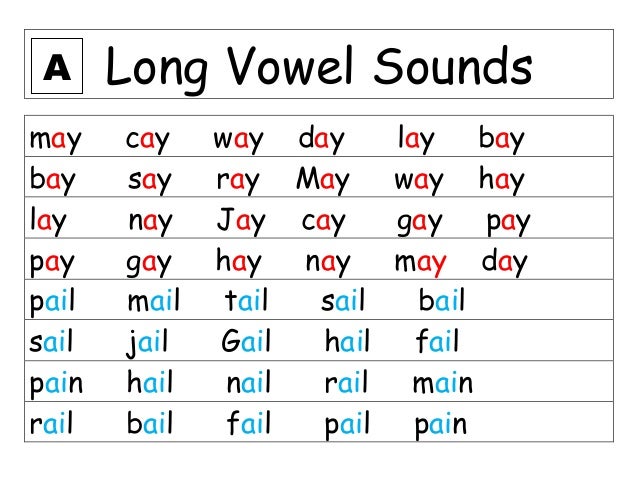 Let’s dive in!
Let’s dive in!
A long vowel is a vowel that is pronounced the same as its name. For example, the word emu starts with the long E sound.
Seems pretty simple, right? But did you know that long vowel sounds can be spelled four different ways and that each way follows a specific spelling pattern?
The overview that follows will help you see the big picture about long vowel sounds as you teach reading and spelling. Read on to discover these useful patterns!
Four Ways to Form Long Vowel Sounds
A vowel at the end of a syllable can be long.
In the word we, as in We love emus, the vowel E is at the end of the syllable and says long E. In these words, the vowel at the end of a syllable is long: hero, hi, music.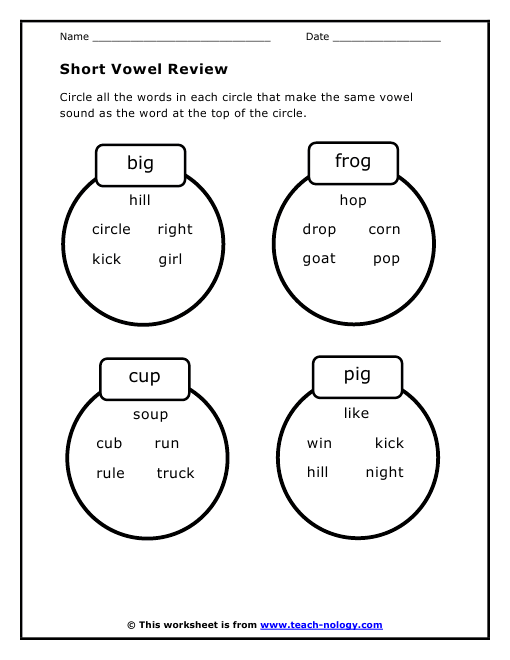
Silent E can make the previous vowel long.
In the word cute, as in Emus are cute, the long U sound is formed by adding Silent E at the end of the word. Here are more words in which Silent E makes the previous vowel long: tape, shine, code.
Vowel teams can make long vowel sounds.
Vowel teams are two vowels that work together to make one sound. For example, in the word eat, as in Emus eat seeds, vowel team EA says long E. These words have vowel teams that make a long vowel sound: mail, sheep, soap.
I or O can be long when they come before two consonants.
In the word stroll, as in The emu went for a stroll, the letter O comes before two consonants and says its long vowel sound. In these words, I or O are long before two consonants: kind, gold, child.
So there you go—the four basic patterns for spelling long vowel sounds!
Let’s Dive in a Little Deeper
The chart below illustrates the most common ways to spell the long vowel sounds.
Click to Download a Printable Chart!
Seeing these spellings all gathered in one place is enlightening for those of us who are already proficient readers and spellers. But I would only recommend using the chart for reference, or with an older student who has already mastered most of these phonograms. I would not recommend overwhelming a beginning student by teaching these spellings all at once. Instead, teach these basic patterns to students incrementally, one at a time.
Activities to Teach Long Vowel Sounds
Are you interested in seeing how we teach the four long vowel patterns in All About Reading and All About Spelling? Here is a sampling for you to download and enjoy!
Download “Be a Hero” Activity
(Vowel at the end of a syllable)
Download “Kit or Kite?” Activity
(Silent E)
Download “Wake Up the Sheep” Activity
(Vowel Teams)
Download “Find Gold” Activity
(I and O are long before two consonants)
The Bottom Line for Teaching Long Vowel Sounds
When it comes to teaching long vowel sounds, here’s what you need to keep in mind:
- Long vowel sounds can be spelled four different ways, each following a specific pattern.

- Teach these basic patterns to students incrementally, one at a time.
- Keep it fun! Use a wide variety of interesting activities to help your student learn the four patterns for forming long vowel sounds.
All About Reading and All About Spelling walk you and your student through all the steps needed to help your student learn to read and spell. The programs are multisensory, motivating, and complete with everything you need. And if you ever need a helping hand, we’re here for you.
What’s your take on teaching the long vowel sounds? Do you have anything else to share? Let me know in the comments below!
Looking for information on short vowels? Check out our Handy Guide to Short Vowel Sounds!
Long and short vowels in English
Longitude is one of the characteristics of a vowel sound, which shows the relative duration of its sound compared to other sounds.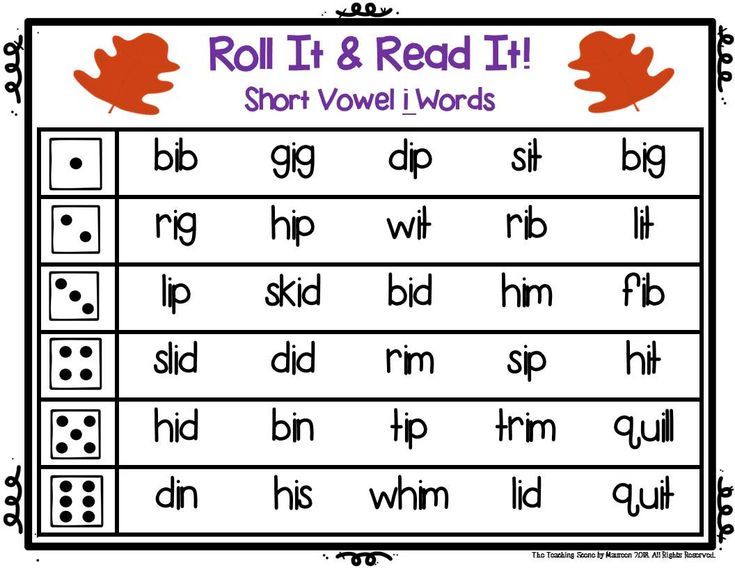
Longitude can be positional and phonemic. In the first case, the duration of the vowel depends on the position in the word and stress, while this characteristic does not affect the meaning. The phonemic length of a vowel has a semantic function, that is, depending on the length of the sound, the meaning of the word changes. nine0003
Length of vowel sounds in English
In Russian, the length of vowel sounds does not affect the meaning of words and changes only depending on stress. In English, vowels differ not only in positional but also in phonemic length. This means that long and short sounds, similar in other characteristics, represent different phonemes. Words that differ only in these phonemes have different meanings: ship - sheep , fit - feet , pull - pool . Therefore, it is so important to pronounce long and short sounds correctly.
In transcription, long vowels are indicated with a colon: [i:], [α:], [ɔ:], [u:], [ә:]. In some cases, long vowels in an unstressed position are reduced and become semi-long, which in transcription is indicated by one dot from above: [α ].
In some cases, long vowels in an unstressed position are reduced and become semi-long, which in transcription is indicated by one dot from above: [α ].
The long vowels listed above are opposed to short vowels, forming the following pairs in English:
- [i:] - [ı]
- [uː] - [u]
- [ɔ:] - [ɒ]
- [α:] - [ʌ]
- [ә:] - [ə]
The pronunciation of long and short English vowels often causes difficulties for Russian learners of English, since in Russian vowels do not have phonemic longitude, and we are not used to distinguishing the length of a vowel sound by ear. We often do not hear the difference between long and short vowels when listening to English speech. It is still not clear how long you need to draw a sound when speaking, so very unnatural, or almost inaudible, or too long vowels are obtained. It is impossible to correctly pronounce short and long sounds so that a native speaker hears the difference, even if you diligently shorten short vowels and stretch out long ones.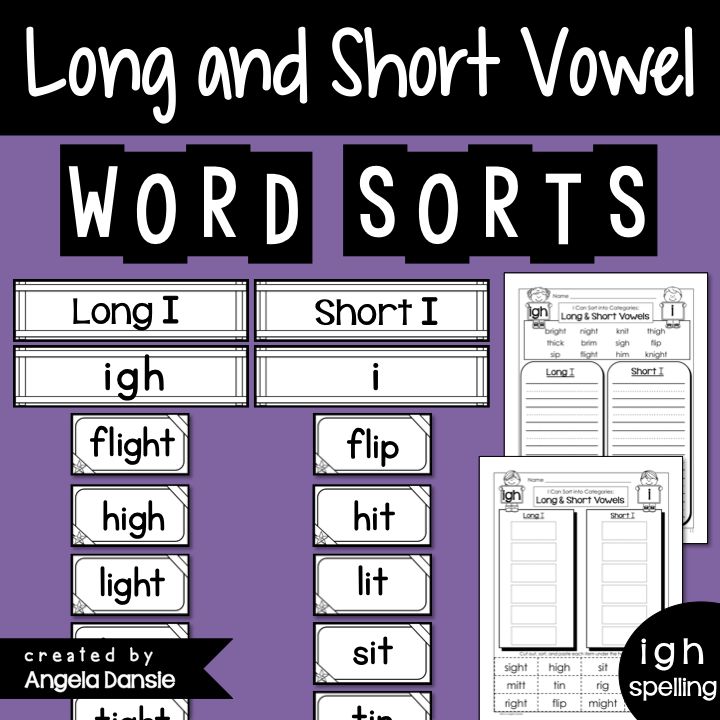 nine0003
nine0003
Sometimes it seems that native speakers themselves do not know the difference between short and long sounds, they seem to pronounce them the same way - but they themselves understand each other. But it's not. Let's see what are the differences between long and short English vowels, how to learn to hear them and how to train their pronunciation.
Differences between long and short English sounds
It is logical to assume that if vowels are called long or short, they differ in sound length. This is the main difference between them, but not the only one. It is important to understand that long and short sounds have other differences, which consist in articulatory features. This means that the sounds are not just of different lengths, they are also different in sound. And most often it is these articulatory features that determine the length of the vowel sound: the duration of the sound depends on the position of the tongue and the tension of the vocal apparatus.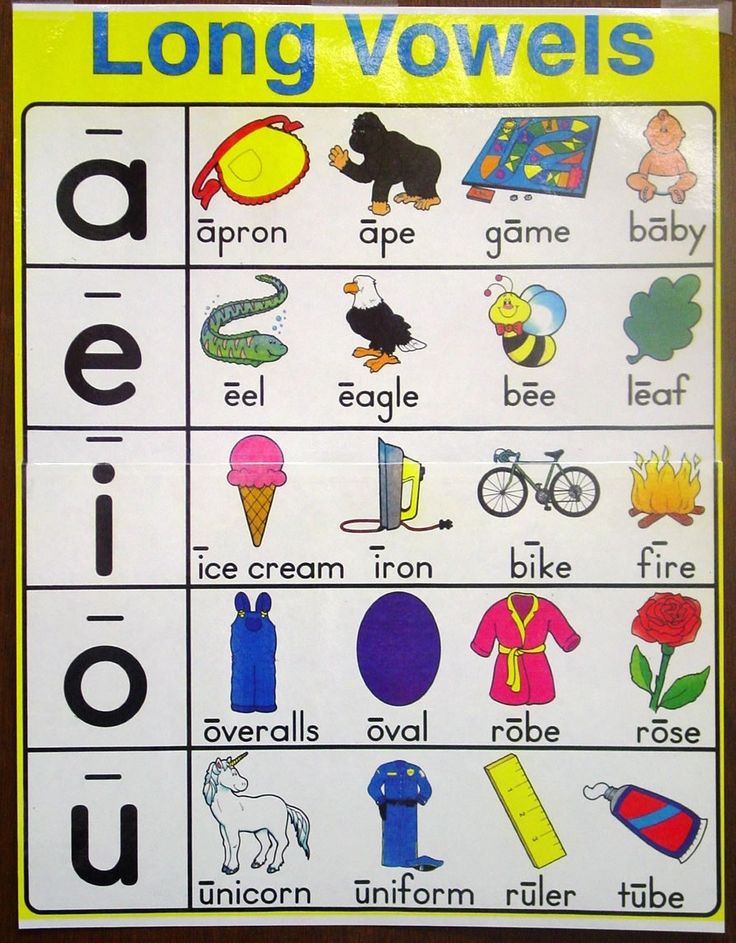 nine0003
nine0003
Long and short English vowels differ in such a characteristic as tension. Long vowels are tense, in English they are also called tense . When they are pronounced, the root of the tongue seems to be tense, under tension. The sound is pronounced, bright, rich, clear.
Short vowels are called lax – relaxed. The tongue in the region of the root is relaxed, the vowel sound is articulated quickly, easily, without additional effort, as if bursting. It turns out short, inconspicuous, faded and fuzzy. nine0003
Qualitative differences in sounds in different pairs of English vowels range from pronounced to almost imperceptible. It is easy to notice the difference between long and short sounds a: pay attention to how the words cart and cut are pronounced, they differ not only in duration, but also in sound. But the differences between long and short u are almost imperceptible: pool and pull sound very similar, only slightly different in length.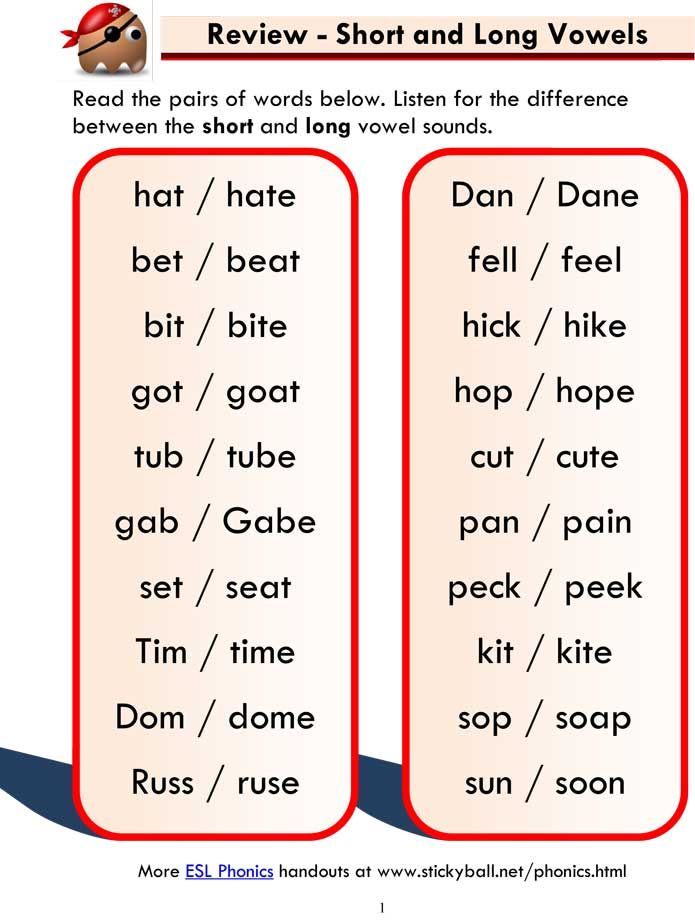 The Scots generally pronounce them the same way, differing only in context. nine0003
The Scots generally pronounce them the same way, differing only in context. nine0003
In addition, the duration of the pronunciation of vowels is also affected by positional longitude - for example, stressed or unstressed position in a word. As a result, a short vowel sound in one word may sound longer than a long sound in another word.
Thus, it is not enough to rely only on the subjective duration of a vowel sound. All the features of short and long vowels described above must be taken into account when learning English. It remains to understand how to master the pronunciation of long and short sounds in practice. nine0003
How to learn to pronounce long and short English vowels
The main mistake foreigners make when pronouncing long and short English sounds is focusing only on duration. But with this approach, it is intuitively incomprehensible where the boundary between a long and a short sound passes: you can’t measure the length of a sound with a stopwatch.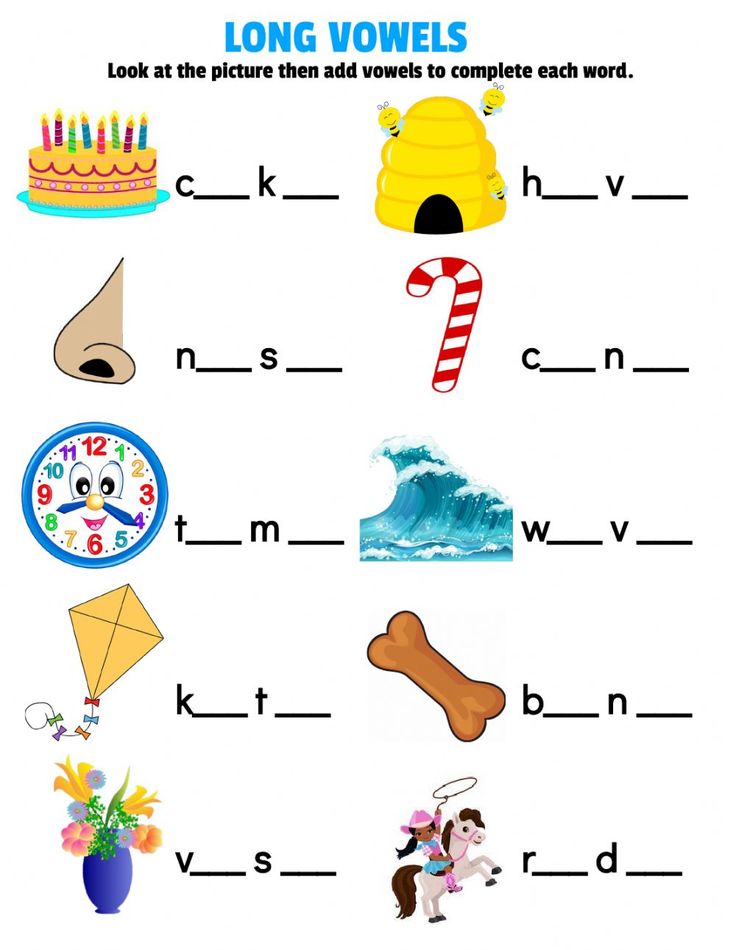 When trying to artificially lengthen or shorten a vowel, the sounds are unnaturally short or drawn out. nine0003
When trying to artificially lengthen or shorten a vowel, the sounds are unnaturally short or drawn out. nine0003
To learn how to pronounce long and short English sounds, you need to forget about the usual terminology "long" and "short". Try not to think about the duration of the sound at all. To correctly pronounce long and short vowels, you need to focus on their articulation, and not on duration. If we correctly reproduce the pronunciation of the vowel, then the duration will turn out to be correct automatically. Remember that long vowels require more tension at the root of the tongue, while short ones are pronounced without additional effort, easily and without tension. nine0003
Pay attention to how native speakers pronounce vowels - don't watch how long they draw them out, but watch the pronunciation, the articulation, the quality of the sound. Repeat, imitate, practice. For practice, it is best to use video lessons or a conversation with a native speaker, since audio materials do not make it possible to see articulation.
It is best to train long and short sounds not separately, but as part of words. First, this way you will note the influence of positional longitude on the duration of the sound in specific examples. Secondly, just as words are best learned in context, sounds are also best learned in the environment. nine0003
Practice pronunciation of long and short vowels in pairs of words to notice the difference between sounds, for example:
- Sport – hot
- Arm-cut
- See-hit
- Food-put
- Fur – ago
When you learn how to pronounce long and short vowels correctly in English, it will become easy to distinguish between them in speech. When listening to speech, forget about the differences in duration, pay attention to the qualitative differences in sounds - how intensely the vowel is pronounced, how bright or faded it sounds, how pairs of sounds differ from each other, except for duration.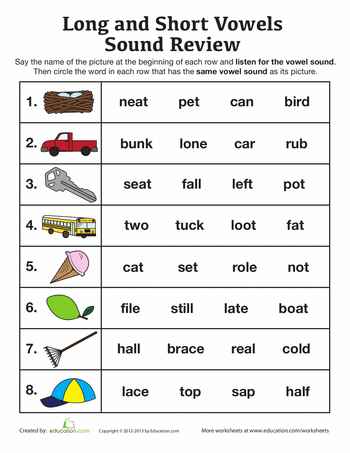 nine0003
nine0003
Long vowels | German self-instruction manual for beginners. Learn German from scratch
Vowel length is determined by:
- According to the letter.
- The combination ie means [i:]
- viel [fi:l] - lot
- Vienna [vi:n] - Vienna
- sieben ['zi:bən] - seven
- Double spellings - long vowels nine0028
- Meer [me:ɐ] - sea
- doof [do:f] - stupid, stupid (Low German and colloquial)
- Aal [a:l] - eel
- The combination ie means [i:]
- Vowel + h = long vowel ( h is not pronounced)
- Wahl [va:l] - choice
- Mehl [me:l] - flour
- Kuh [ku:] - cow
- In stressed open syllable.
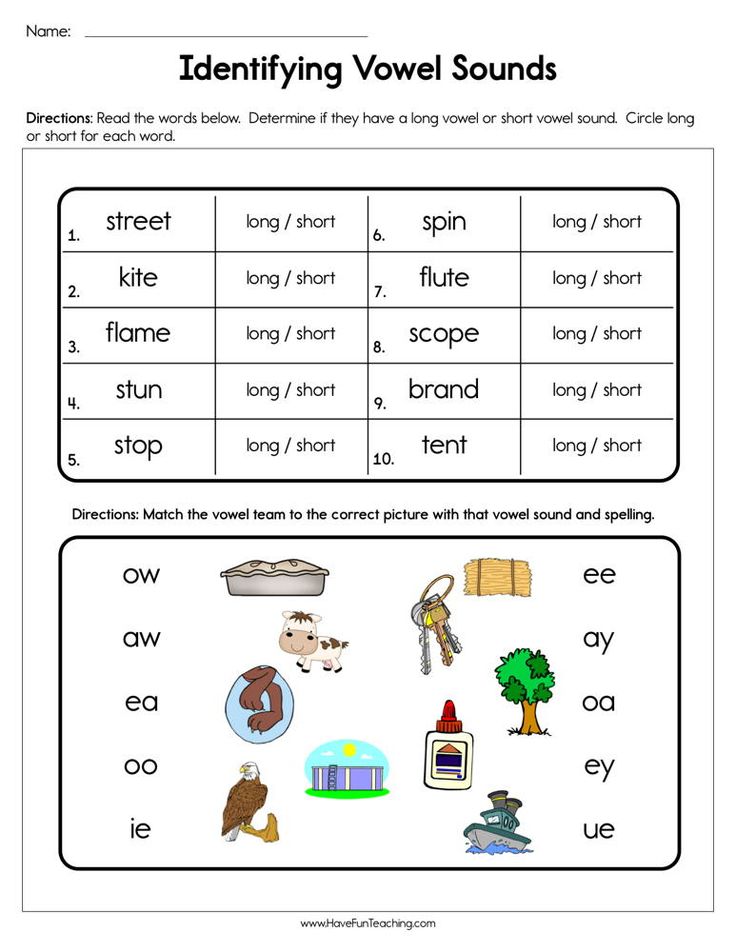
- La-ge ['la:gə] - position
- Ta-ge [ta:gə] - days
- fra-gen ['fra:gən] - ask
- If the syllable may become open when changing the word.
- Tag-Tage [ta:k]-['ta:gə] - day-days
Let's turn to individual vowels.
[a:] - long; the timbre is deep, the tongue goes far back, almost like for the Russian “o”
- Tag [ta:k] - day
- Tage ['ta:gə] - days
- sagen ['za:gən] - speak, say
- Wagen ['va:gən] - wagon; machine
- fahren ['fa:rən] - go
- Vater ['fa:tɐ] - father
[o:] - long; the timbre is deep, in Russian hearing this “o” tends to “u”
- Rose ['ro:zə] - rose
- ohne ['o:nə] - without
- Mohn [mo:n] - poppy
- Dose ['do:zə] - can, tin
- wohl [vo:l] - good
- Lohn [lo:n] - salary; award
[ε:] - long, open, similar to "e" in the word "era"
- wählen ['wε: lən] - choose
- Mädchen ['mε:tçən] - girl, girl
- Bär [bε:ɐ] - bear nine0029 Dänen ['dε:nen] - Danes
- Ära ['ε:ra] - era
- Präsens ['prε:zens] - present, present
[e:] - long, closed, tense, similar to "e" in the words "Lena", "healer" or even to "and" in the word "willow".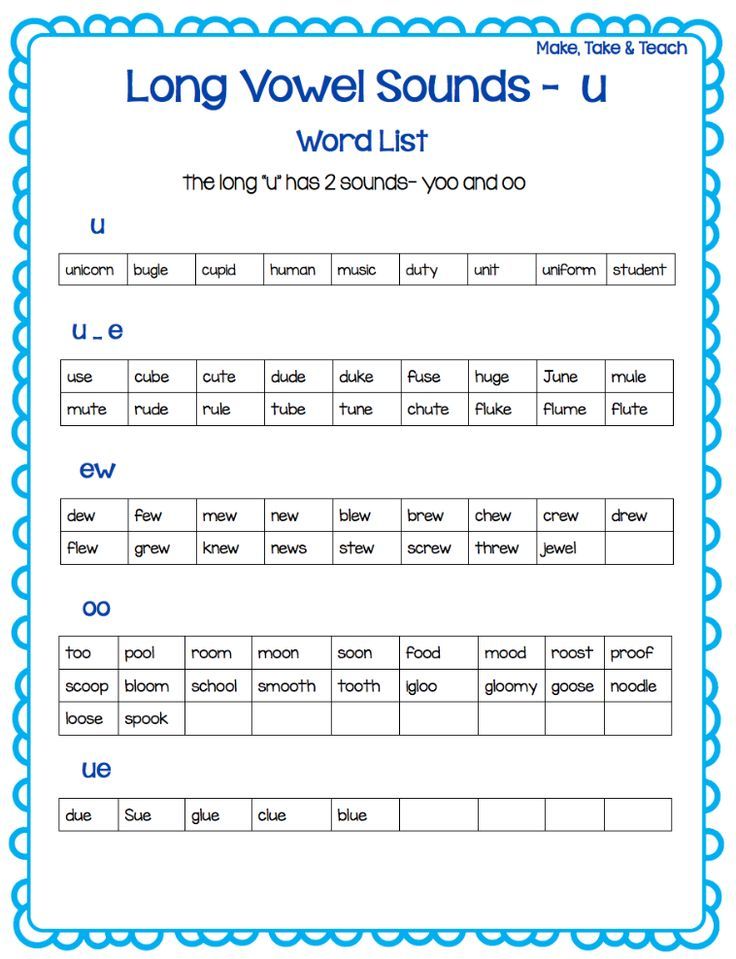 This sound should be pronounced as a long [e:] without diphthongization, that is, without the overtone "y"
This sound should be pronounced as a long [e:] without diphthongization, that is, without the overtone "y"
- geh [ge:] - go
- gehen ['ge:ən] - go nine0029 sehen ['ze:ən] - look, see
- stehen ['ste:ən] - stand
- lesen ['le:zən] - read
- Seele ['ze:lə] - soul
[i:] - long, intense
- Sie [zi:] - you (polite form)
- sieh [zi:] - see
- Sieg [zi:k] - victory
- liegen ['li:gən] - lie
- sieben ['zi:bən] - seven
- Berlin [bεɐ'li:n] - Berlin
[u:] - long, deep
- Bude ['bu:də] - stall, tent
- Ruhe ['ru:ə] - peace, rest
- Schuhe ['ʃu:ə] - boots, shoes
- tun [tu:n] - do
- Zug [tsu:k] - train
- gut [gu:t] - good, good
[y:] - long; similar to the Russian "yu" between consonants, but requires special skill in the initial position: ü , not "yu".